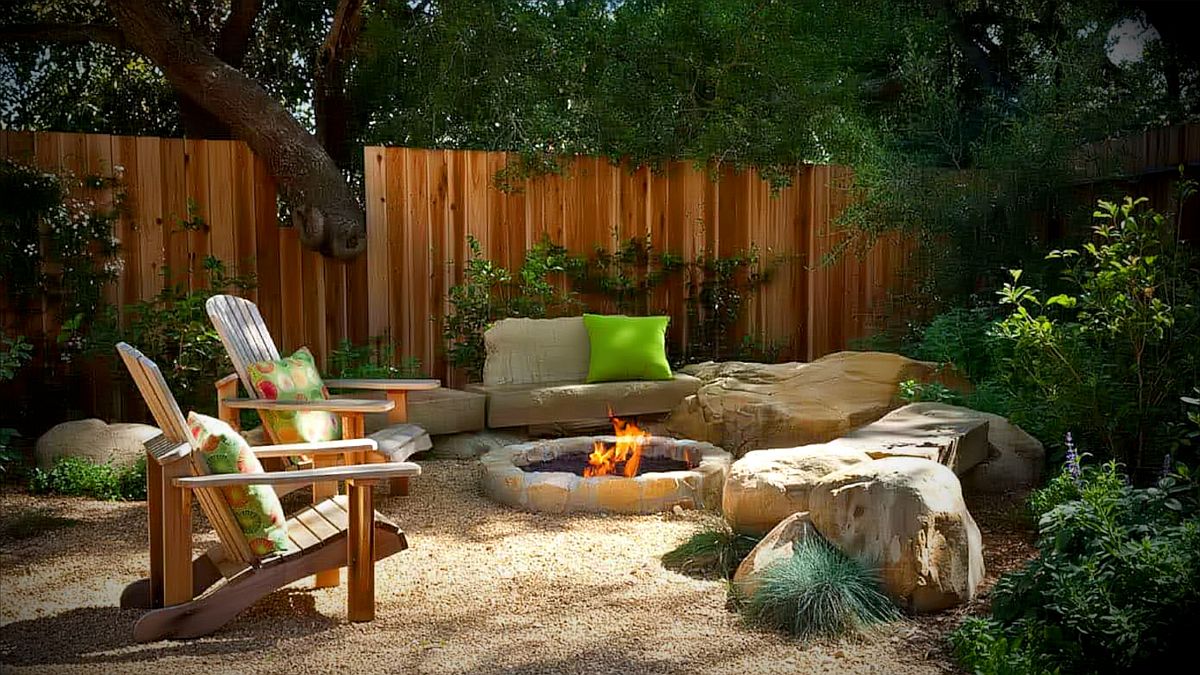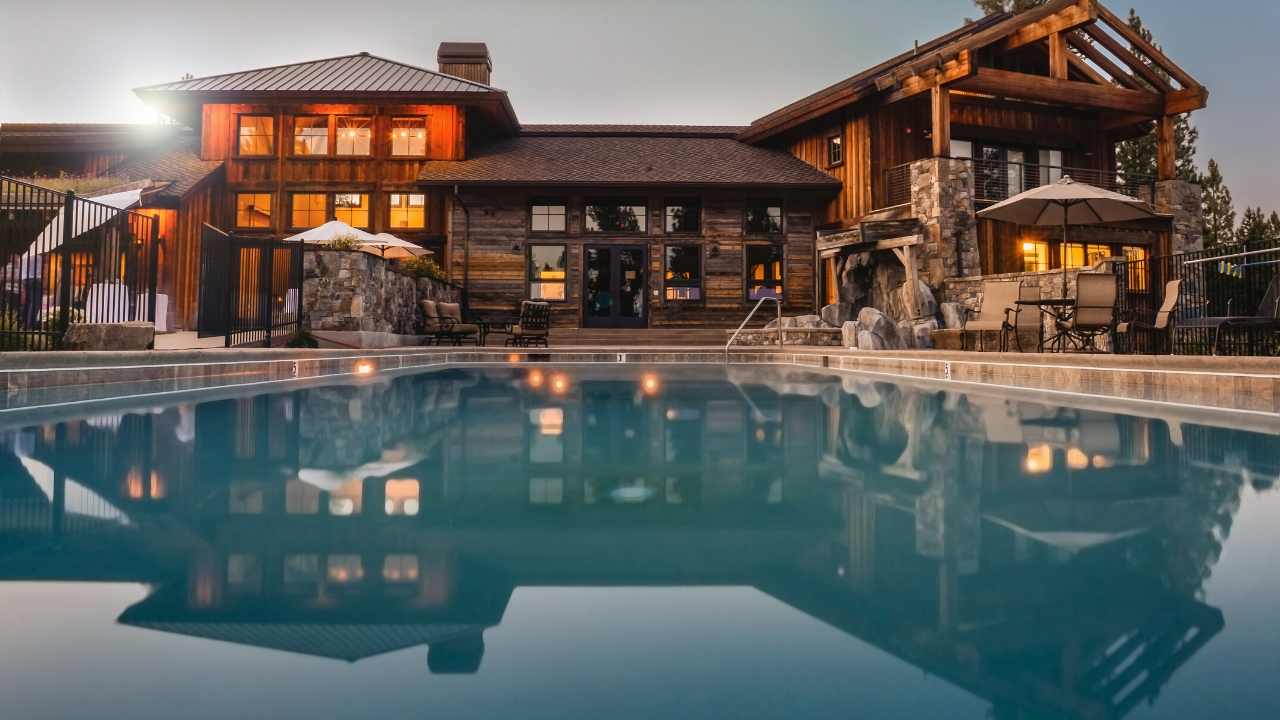
Many apartments and houses have an additional room that's not a bedroom or living room. You can use it for crafting or other creative activities. Before implementing any of these ideas, be sure to check with your lease and local building codes. Sometimes, changing the use of your bonus space may be illegal. You should review your lease if you rent your home.
A study room can be used to create a more intimate environment. A spare bedroom can be used as a home theatre, or as a space for a Pilates or yoga studio. It must be big enough for instructors to conduct classes and have enough mirrors to show students their bodies. It can also double as a guestroom. This extra space can be used to allow family and friends to unwind and relax. This will reduce the noise level.

Consider making an area in your home that is open to the public a playroom for older children. Add colorful bean bag chairs or a long sectional couch to keep the kids occupied and out of the rest of the house. You can also make the space more livable by adding shelves and comfortable chairs. It can also be used for adult studies. You can make it a music area, or even a study space for adults.
Make use of extra space in your home to create an extra room. You don't need to store books or TVs in your spare room. Instead, make it a playroom. This area can be used for a library, guest room or small home office. It also makes a great space for a hobby, reading, or relaxing. If you have small children, the spare room could be used as a play area or a relaxing place. You can also hire an interior designer to decorate the space.
You can make a yoga space in your spare room. A popcorn machine, movie screen and recliners can give it a cinema-like atmosphere. You can add a movie poster to your theater or any other memorabilia that you are passionate about. Invite your friends to view a movie in your home theater. This space is great for entertaining guests.

A library can be created in an additional room. This can be a great space to store books and help you stay focused when working. Turn the spare room into a library if you need to do some work. You can make the spare room a reading space by adding a book shelf. You can use a bookcase in your spare room as a desk. Keep a catalog cupboard in the corner.
FAQ
How important does it matter to be pre-approved before you apply for a loan
It's important to be pre-approved for mortgages. This will allow you to determine how much money you can borrow. It will also help you determine if you are qualified for a specific loan program.
How many times should I change my furnace filter?
The answer depends on how often you expect your family to use your home heating system. Consider changing your filter frequently if your family plans to leave the house during cold weather months. If you're not often out of your home, however, you may be more able to wait for the filter to change.
A furnace filter should last for approximately three months. This means that you should replace your filters every three months.
You can also check the manufacturer's recommendations for when to change your filter. While some manufacturers recommend replacing your filter once per heating season, others recommend waiting until there is visible dirt buildup.
Are there ways to save money on home renovations?
You can save money by doing most of the work yourself. One way to save money is to try and reduce the number people who are involved in the remodeling process. You might also look for ways to decrease the cost and use of materials in the renovation.
Statistics
- It is advisable, however, to have a contingency of 10–20 per cent to allow for the unexpected expenses that can arise when renovating older homes. (realhomes.com)
- Most lenders will lend you up to 75% or 80% of the appraised value of your home, but some will go higher. (kiplinger.com)
- They'll usually lend up to 90% of your home's "as-completed" value, but no more than $424,100 in most locales or $636,150 in high-cost areas. (kiplinger.com)
- Rather, allot 10% to 15% for a contingency fund to pay for unexpected construction issues. (kiplinger.com)
- ‘The potential added value of a loft conversion, which could create an extra bedroom and ensuite, could be as much as 20 per cent and 15 per cent for a garage conversion.' (realhomes.com)
External Links
How To
How do I plan a whole-house remodel?
Research and careful planning are essential when planning a house remodel. There are many things you should consider before starting your project. The first thing you need to decide is what kind of home improvement you want to make. There are many categories that you could choose from: kitchen, bathroom or bedroom; living room or dining room. Once you have decided which category you wish to work in, you will need to determine how much money you have to spend on your project. If you don't have experience with working on houses, it's best to budget at minimum $5,000 per room. If you have some previous experience, you may be capable of getting away with a lower amount.
Once you have figured out how much money you can afford to spend, you'll have to determine how big of a job you want to tackle. If you have only enough money to remodel a small kitchen, you may not be able add new flooring, countertops, or paint the walls. If you have the money to do a complete kitchen remodel, you will be able to handle almost anything.
Next, find a contractor that specializes in the project you are interested in. This will ensure you get quality results and save you a lot of hassle later. After finding a good contractor, you should start gathering materials and supplies. You might need to make everything from scratch depending upon the size of your project. You shouldn't have any trouble finding the right item in pre-made stores.
After you've gathered all the supplies you need, it's time to begin making plans. You will first need to sketch out an outline of the areas you plan to place appliances and furniture. Next, design the layout of your rooms. Be sure to leave enough room for electric outlets and plumbing. Also, try to put the most used areas near the front door so that visitors can easily access them. Final touches to your design include choosing the right colors and finishes. Keep your designs simple and in neutral tones to save money.
Now it's time to build! Before you begin any construction, make sure to verify your local codes. While some cities require permits, others allow homeowners to construct without them. To begin construction you will first need to take down all walls and floors. Next, you'll need to lay plywood sheets in order to protect your new floors. Next, nail or screw pieces of wood together to form the frame that will house your cabinets. Lastly, you'll attach doors and windows to the frame.
There will be some finishing touches after you are done. You might want to cover exposed pipes or wires. You will need to use tape and plastic sheeting for this purpose. Mirrors and pictures can also be hung. Be sure to tidy up your work space at all costs.
These steps will help you create a functional, beautiful home that is both functional and attractive. You now have the knowledge to plan a complete house remodel.